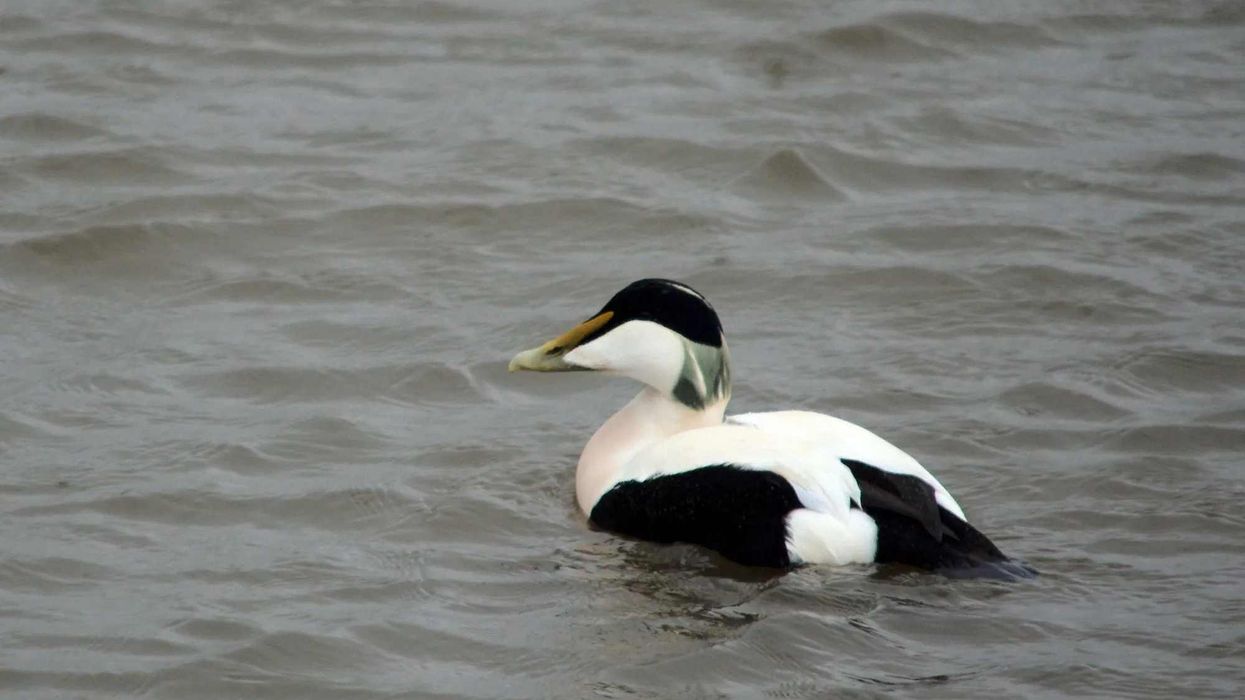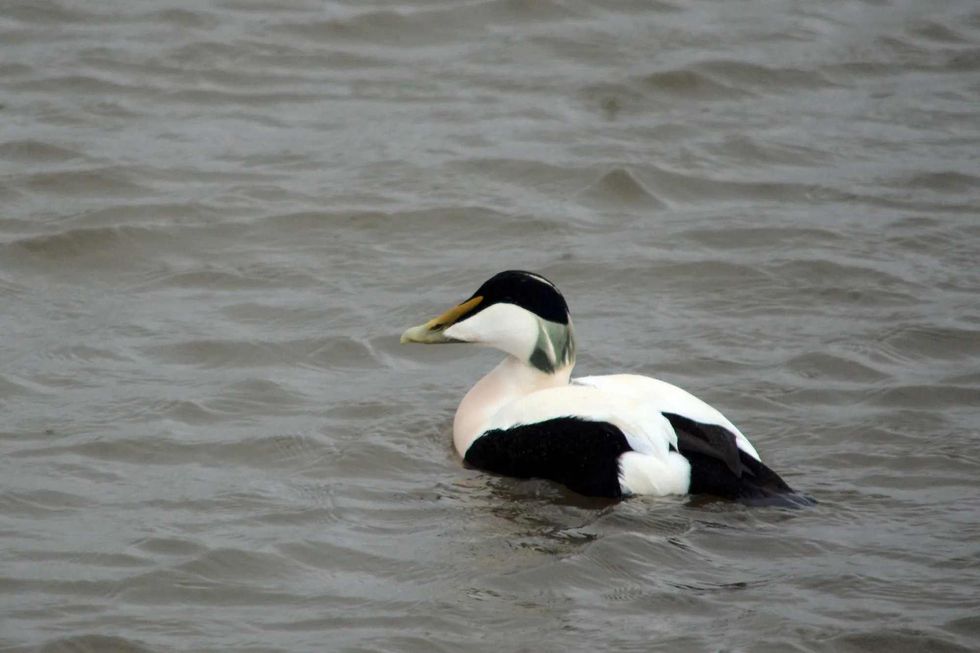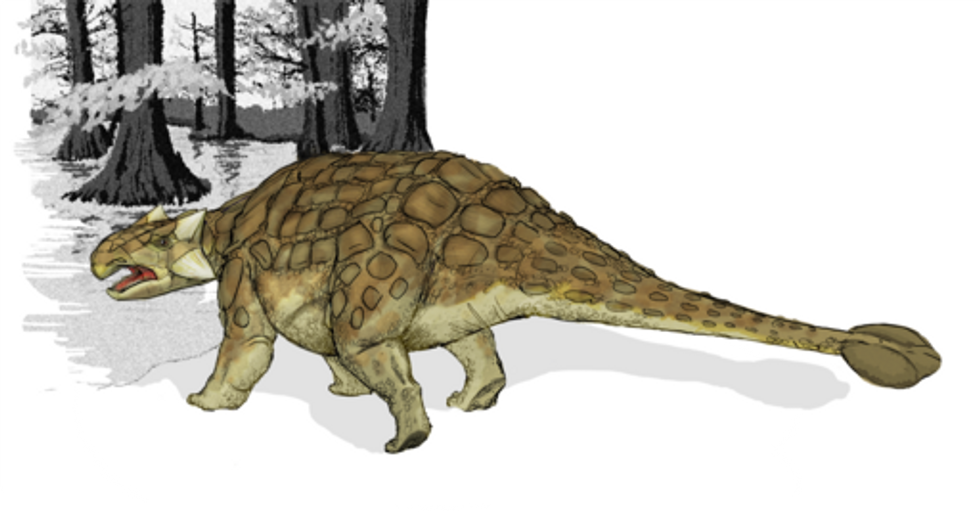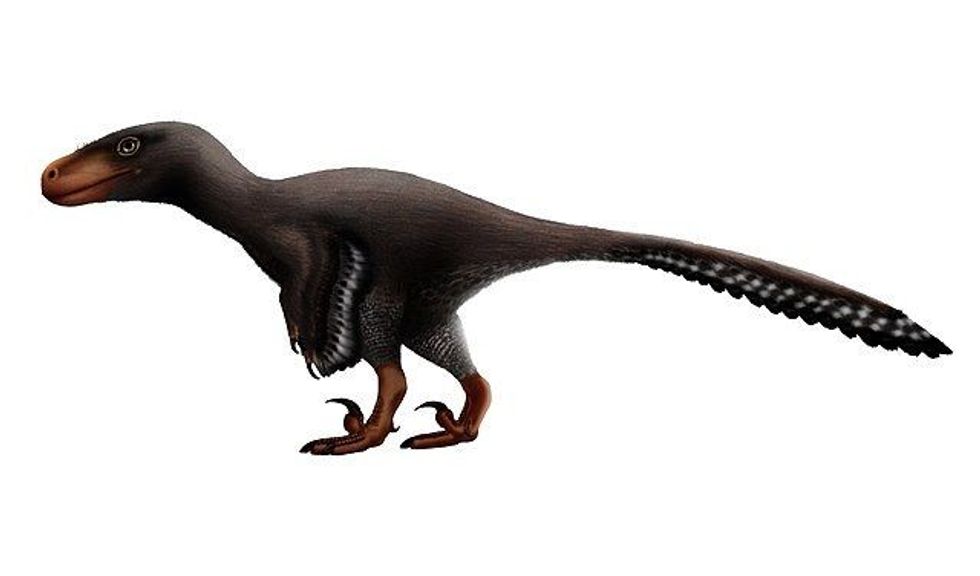Eiders are large sea ducks of the Somateria genus and Anatidae family. All three species breed in the Northern hemisphere's colder latitudes.
The down feathers of eider ducks and some other ducks and geese are used to fill pillows and quilts.
The down feathers of these birds and several other ducks and geese are used to cover pillows and quilts, and it is known as an eider quilt. Despite its name, the Steller's eider belongs to a separate genus.
The three species of this genus are common eider (Somateria mollissima) (the most commonly found species), king eiders (Somateria spectabilis), and Spectacled eiders (Somateria fischer).
The common eider (Somateria mollissima) of the order Anseriformes, is a large sea-duck whose nesting range is in the coasts towards the north of Europe, North America, and eastern Siberia. It breeds in the far north, in the Arctic, and some warm temperate areas, but winters in temperate zones farther south, where it may form broad flocks.
If you enjoy reading these eider duck facts, then read Indian runner duck and magpie duck facts.
Eider Interesting Facts
What type of animal is an eider?
An eider is the largest duck of the Northern Hemisphere.
What class of animal does an eider belong to?
An eider belongs to the class of Aves.
How many eiders are there in the world?
According to surveys, the population of 360,000 spectacled eiders assembles in a special region of abundant subsea mollusks from October to March.
Where does an eider live?
These birds prefer breeding on rocky coasts and shoals in winters and in summers; they also live on islands and tundra. King eiders build their nests in both wet and dry arctic tundra, generally close to water.
The common eider may be found along Europe's northern shores, North America, and eastern Siberia. It spends the winters in warm temperate zones when vast flocks can be seen on the coastal sea. This bird's nest is constructed along the water's edge and is lined with eiderdown taken from the female's breast.
What is an eider's habitat?
Eiders nest primarily near the rocks along with coastal areas where mammalian predators are absent. To escape predation, a nest is often concealed in tall grasses. They fly towards the far north during the summer months and south during winter and are more common in the Northern Hemisphere part than in the south.
Who do eiders live with?
Eiders are very social animals living in flocks of thousands.
How long does an eider live?
Common eiders don't live very long, but king eiders can live for around 15-20 years.
How do they reproduce?
In the case of a king eider, the males and females court each other in their flocks, and then scrape nests are built on the ground by the female eider, generally near water. She uses plants and down feathers from her body to line it.
She produces two to seven eggs, which she incubates for a range of 22-23 days. Their nest is constructed along the water's edge and is lined with eiderdown taken from the female's breast.
In the case of a common eider of order Anseriformes, several common eiders are already partnered with a partner when they arrive at the breeding grounds; others do not pair until they arrive on the islands. Females may reproduce at the age of two, while males take three years to reach sexual maturity.
Common eiders begin nesting in summers, and as soon as the ice starts to melt, they return to their breeding islands. The female eider plucks down from her own body to line a nest.
She lays an average of four to five eggs (two to eight in total). The females start incubation after the second or third egg is laid.
The female bird is the only one who does the incubation, which takes about 25 days; just about half of the eggs laid by common eiders hatch. In the range of 30-50 days, the young fledge.
What is their conservation status?
These different species of these birds have different conservation statuses but are not endangered - king eider and common eider classified as Least Concern and spectacled eider classified as Threatened by IUCN.
Eider Fun Facts
What do eiders look like?
Their undersides are black, while their backs and forewings are white. The male common eider has a mostly white head with a black crest and a hint of light emerald green on their back and sides.
Adult female common eiders are almost entirely brownish or reddish-brown and have a densely barred appearance. When they are young, immature males are grayish-brown in color, then become dusky with a white-collar when they get older, gradually becoming like their adult counterparts. Adult males' white plumage develops in irregular patterns.
How cute are they?
The eider bird is very cute, and it looks beautiful swimming on the surface of the water.
How do they communicate?
The common eider of order Anseriformes is a monogamous species of bird. Courtship intensifies in the spring and continues quite long.
This means that the male and female birds have a close bond. The eider duck call of the males is a series of noisy, creepy calls and noises to lure females while courting in the spring. They are very sociable in the breeding season.
How big is an eider?
The common eider (Somateria mollissima) is the largest ducks' species of the Anatidae family in the Northern Hemisphere, measuring 20-28 in (50.8-71 cm) on average. Although the weight of common eiders varies depending on the individual's sex and the season, they typically weigh about 4.9 lb (2.22 kg), with recorded measurements in a range of 1.8-6.7 lb (0.81-3.04 kg).
How fast can an eider fly?
Out of the three species of this bird, the common eider is the fastest, which flies at a speed of 70 mph (112 kph), whereas king eiders fly at a speed of 40 mph (64.3 kph).
How much does an eider weigh?
The different species of these birds weigh around 1.8-6.7 lb (0.81-3.04 kg).
What are the male and female names of the species?
There is no specific name for males and females of this bird species. They are called male and female eiders.
What would you call a baby eider?
There is no specific name for a baby eider bird.
What do they eat?
The common eider is a species of ducks that hunts crustaceans and mollusks, with mussels being one of their favorite foods. Mussels on the rocks are swallowed whole by the bird, and the eggs are smashed in their gizzard and excreted.
These birds will take all of the claws and legs from a crab before swallowing the body in the same manner.
Are they dangerous?
These birds are simply ducks. They are very peaceful creatures and not at all dangerous. Eider hunting has been a hobby of a lot of sailors for a long time.
Would they make a good pet?
These birds are more suited to be in open waters, and breeding them in captivity is very difficult.
Did you know...
Eiderdown is one of the most expensive and warm fibers globally because harvesting this product isn't easy. Farmers have to find and harvest each nest by hand, and it is also used to make eider clothing in places like Alaska.
The Muscovy duck is the largest duck in the world.
What does 'eider' mean?
The scientific name for common eider is Somateria mollissima which means 'down body' in Greek and 'softest' in Latin, respectively.
Although their scientific name isn't catchy, it does allude to the critical part that eider duck down has played in keeping even humans warm. There is documented evidence that we've been using eiderdown since the seventh century. After the ducklings leave the nests, people catch, scrub, and use eiderdown.
What noise does an eider duck make?
This sociable duck makes loud, noisy calls that are slightly eerie. These calls are used by males to attract females in the breeding season.
Here at Kidadl, we have carefully created lots of interesting family-friendly animal facts for everyone to discover! For more relatable content, check out these sea eagle facts and crested duck facts for kids.
You can even occupy yourself at home by coloring in one of our free printable eider coloring pages.










